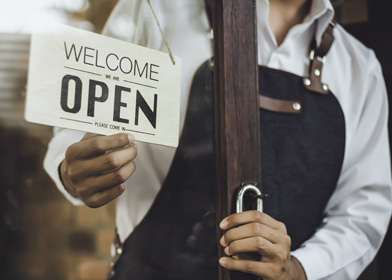
Addressing the Restaurant and Bar Staffing Crisis
According to the Bureau of Labor Statistics, from March to April of 2020, restaurants and bars lost 5.5 million jobs. This past year has been a devastating hit to both the individual business owner and the industry as a whole. But spring is in full season and 2021 is starting to return to a sense of normalcy. Restaurants and bars across the country are focusing on expanding indoor dining capacities and planning for a new and exciting season of outdoor service.
However, some of these same restaurants and bars continue to struggle to fill the employment gaps left vacant by the pandemic. And while local businesses are looking for answers, they all have the same end goal in mind – ramping up their business, inviting back their hungry and thirsty customers and finding opportunities to turn more tables.
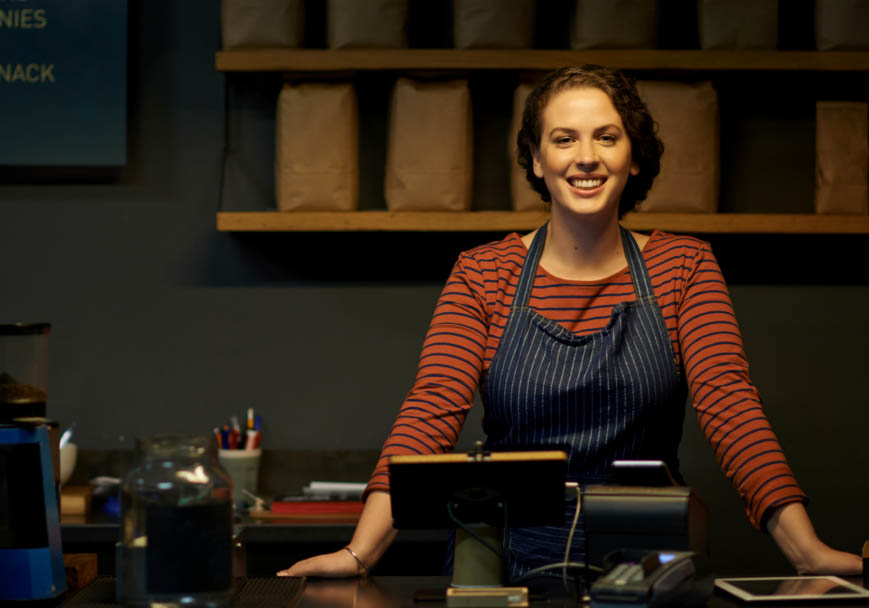
The impact of these staffing limitations are being felt across the industry. However, we’ve provided a list of suggested tips to assist with meeting the increased demands of your continuously growing customer base, as a greater number of consumers are more than anxious to visit their favorite restaurant or bar.
Embrace Technology
Technology continues to play an increased role in providing opportunities to better manage a reduction in workforce and resources. Embracing the latest trends in foodservice technology, and being able to simplify those daily tasks and routines that often take up the most amount of time, is a win-win for both the operator and the customer:
-
Effectively managing yours and your customers’ time through the utilization of proper waitlist technology is paramount to the continued success of your business.
-
Waitlist technology assists restaurant and bar owners to better manage their customers’ needs by establishing more accurate wait times based on table size and number of guests.
-
Integrating this mobile technology with your website allows customers to easily refer to current specials, take note of any planned events and begin to peruse the menu, well before they arrive or are seated.
-
A digital waitlist refines and automates the previously manual process of taking and managing reservations while freeing up your staff to concentrate on providing your guests with enhanced customer service and memorable experiences.
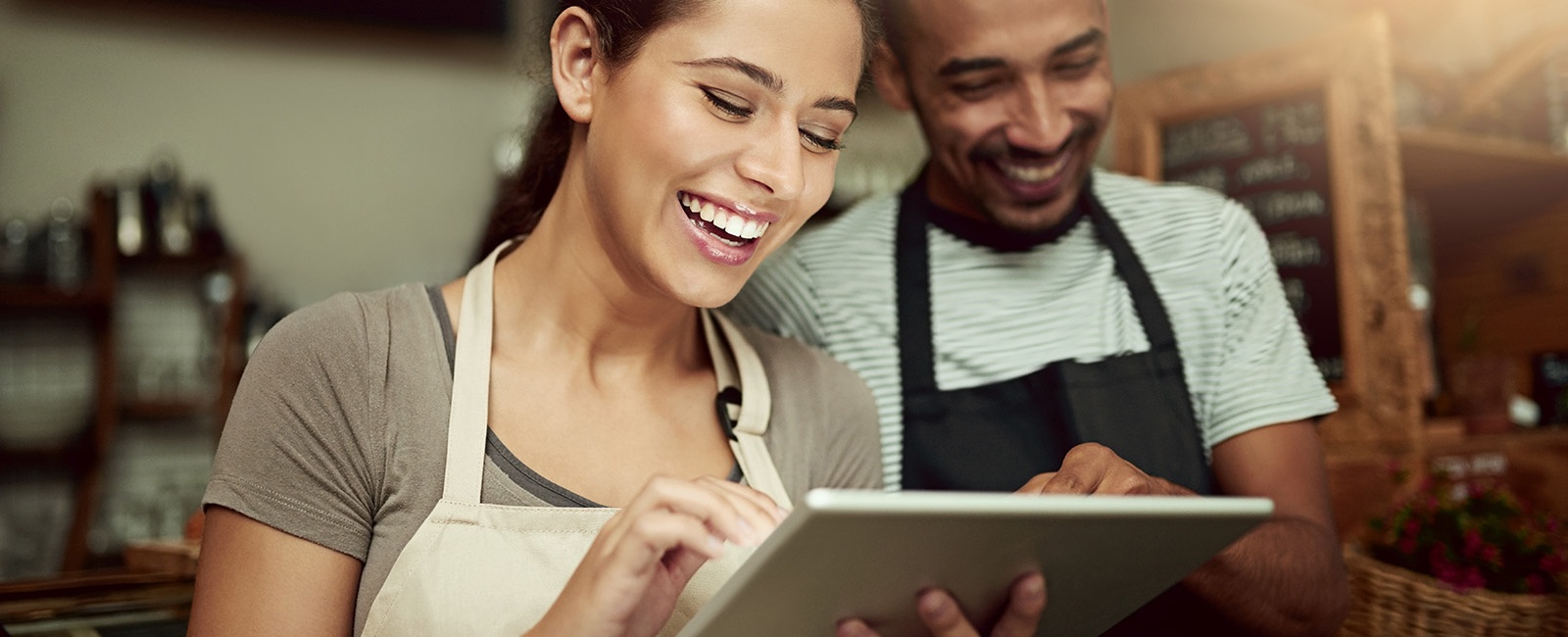
By streamlining your restaurant’s digital waitlist strategy, customers are free to go about their busy schedule without fear of losing a spot at their favorite restaurant. Foodservice operators are better equipped to accurately manage the busiest times of the day, seamlessly engage with their customers – keeping them up to date on their reservations – and enjoy the opportunity to turn additional tables on a regular basis; even when faced with the challenges of a reduced waitstaff.
The Future is Now
The advancements in the field of robotics has been integrated into a number of industries, with the sole purpose of replicating those actions normally reserved for human involvement. At a time when finding and hiring qualified candidates to fill a variety of important roles – both at the front of the house and the back of the house – has become difficult and problematic, looking to robotics as a means to enhance the efficiencies and operations of your restaurant or bar is worth considering. The following are just two examples of how robotics is continuing to refine the foodservice industry.
- ChowboticsTM is at the forefront of blending advanced robotics with fresh and nutritious meals. The development of Sally the Salad Robot takes hygiene and healthy food to the next level. Through the use of intelligent robotics, Sally assembles the customer’s meal using ingredients that are safely contained and kept fresh through proper refrigeration. As a self-contained, full-service application, this robotic evolution in foodservice offers menu items from salads and breakfast snacks to ethnic cuisines and grain bowls.
- Middleby’s PizzaBot 5000 takes a classic and enhances production of America’s favorite pie in under a minute. Working with the ingredients most commonly found on a pizza – sauce, cheese and pepperoni – the PizzaBot relies on various sensors and other technology to ensure the consistent and precise dispensing of ingredients; a feature that helps to reduce food waste and save money.
Robotics advancements in foodservice technology is helping to ease those burdens associated with a reduction in staff. From salads and pizza to coffee and wine, foodservice robotics are enhancing touchless operations and finding their space in restaurants across the country.
Here to Stay
Although more and more restaurants are opening their dining rooms for service, many customers are sticking with the convenience of pick-up and order delivery. As take out and to-go options stay relevant, it's a worthwhile business decision to continue investing in the newest products as a means of meeting the demands of your customers while, at the same time, adjusting to the constraints of staff shortages.
Manufacturers continue to innovate with updated to-go package offerings, including an increased variety of different styles, shapes, colors, and materials. There are more options than ever before. As a rule of thumb, it's ideal to use packaging that matches the food and beverages you offer that provide better functionality and more interesting designs. Your menu is a great place to start. Review the dishes you serve and see how they best align with your takeout and delivery packaging options.
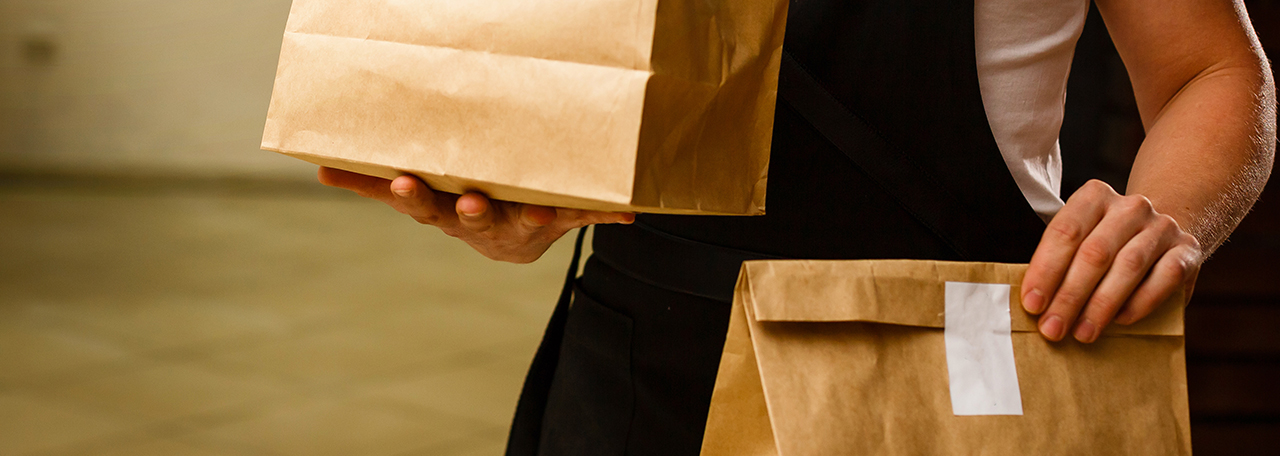
The biggest takeaway to a successful to-go offering is providing your customers with an experience that mimics what they have come to expect when they would otherwise be enjoying their meal from your dining room. The gap in time between when the meal is boxed up, delivered to the customer’s home or handed off at a curbside point of sale, and actually sitting down and eating it is at the heart of the issue. Regardless of whether it’s a five-minute delay or a thirty-minute journey, the experience should always be of the highest quality. Utilizing packaging that maintains proper heating and cooling requirements is a key component to that equation.
Food safety and meal security is also an important factor. As a greater number of third-party food delivery operators enter this space, consumers are becoming hyper-sensitive to ensuring that the food they ordered has not been tampered with and is safe to consume. In response, several available products focus exclusively on this important packaging feature and include tamper-resistant paper strips. These products provide a greater sense of safety and peace of mind for both the consumer and the restaurant owner.
A business model that focuses more on curbside pickup, delivery and to-go options, and less on in-person dining should equate to a reduction in tableware that needs consistent cleaning, as well as a lower number of dining room tables that need service. As a result, restaurant owners will have more opportunity to reassign existing staff to areas of the business that will realize the greatest benefit.
Equipment Designed for Efficiency
If curbside pickup is your solution to dealing with a small staff, investing in a variety of heated holding cabinets may be an equipment option worth considering. Keep your entrees, breads, pizzas, and other food items at the right temperature until the moment they are picked up. Conveniently placed in close proximity to your restaurant’s designated curbside and pickup location ensures a more seamless and smoother experience for both the customer and employee.
Just as important as keeping hot foods hot, is keeping cold foods (and beverages) cold. Beverage and meal carts are some of the most helpful and versatile pieces of equipment your restaurant or bar can purchase. They help employees accomplish more in less time. Often constructed with durable casters, they can be fully stocked at the back of the house and easily wheeled to the front of the house with little effort. The interior insulation design maintains the temperature of food and beverages for hours.
Curbside pickup and to-go options need to be convenient for your customers. Working with your staff, plan accordingly to ensure that each incoming order is handed off quickly and efficiently as a way to keep the flow of traffic moving. Utilize proper signage to educate your customers about available pickup services and to-go options. Strategically place banners, window decals, A-frames and other parking lot signage that effectively guides the customer and helps spread the word that you’re open for business.
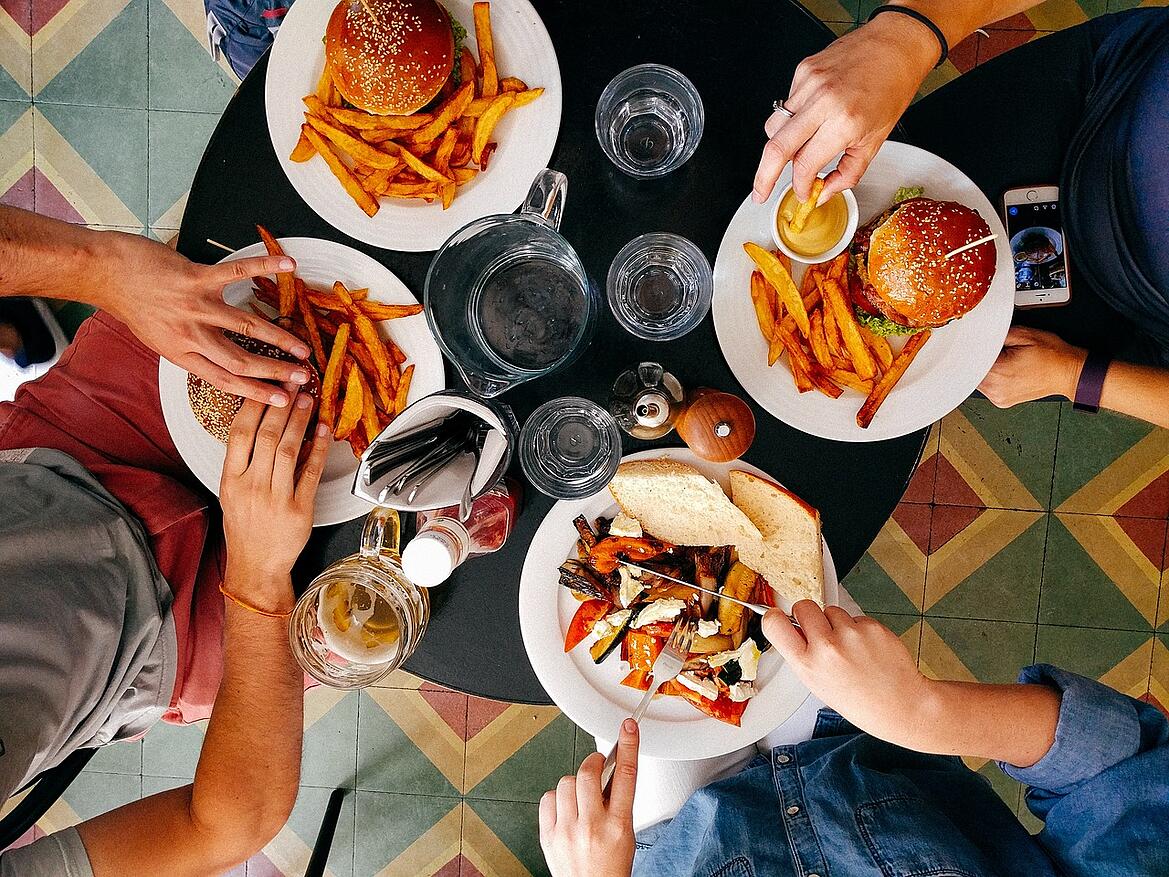
The food and beverage industry has suffered a number of challenges over the last 12-15 months. Businesses across the country have had to get creative as a means to keep their doors open, in one capacity or another. The latest concern over a lean workforce is just another hurdle owners and operators are having to endure. Continued resiliency will undoubtedly equate to success and an eventual return to normalcy. Restaurant and bar owners aren’t known for giving up. They rely on their years of experience to smartly circumvent every obstacle that has been inconveniently dropped in their path. Embracing technology, thinking outside the box and relying on what has worked for you during this last year is certain to see you through to the end.